Flight Test Files: The Douglas D-558-2 Skyrocket – Chasing Mach 2
Vintage Aviation News
APRIL 11, 2025
They flew a total of 313 missions, collecting invaluable data on pitch stability, lift, drag, and buffeting in transonic and supersonic flight. The jet- and rocket-powered aircraft exceeded expectations, performing better than predicted in high-speed wind tunnel testsparticularly in drag performance above Mach 0.85.


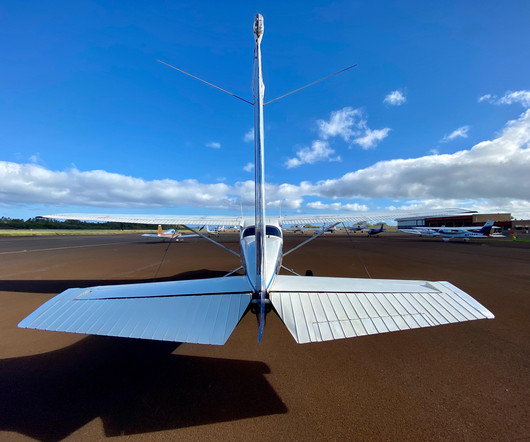
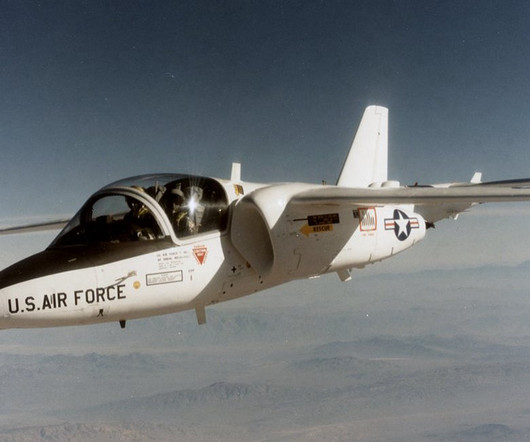





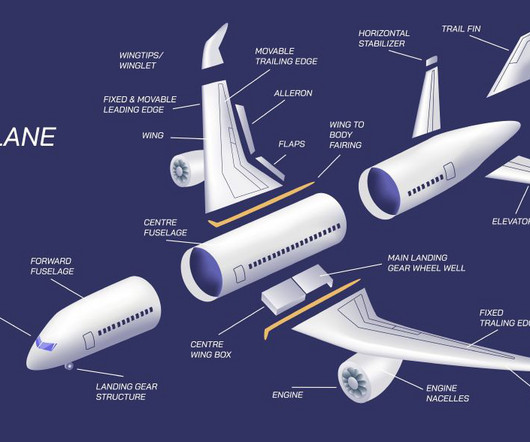
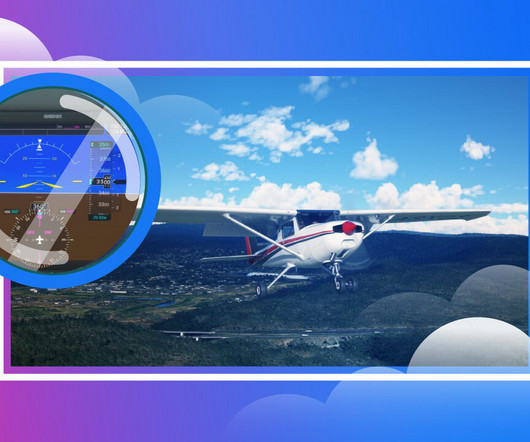
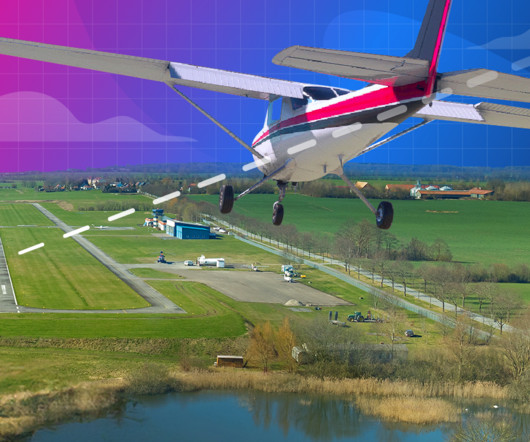
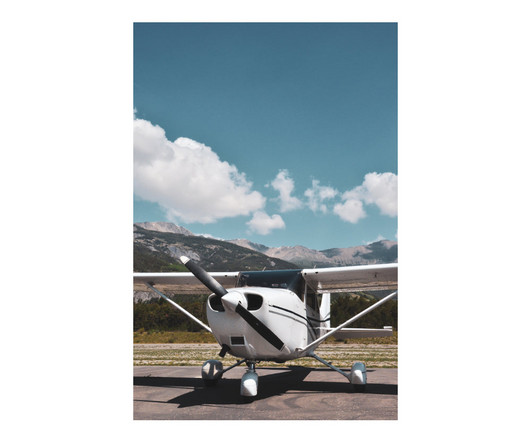
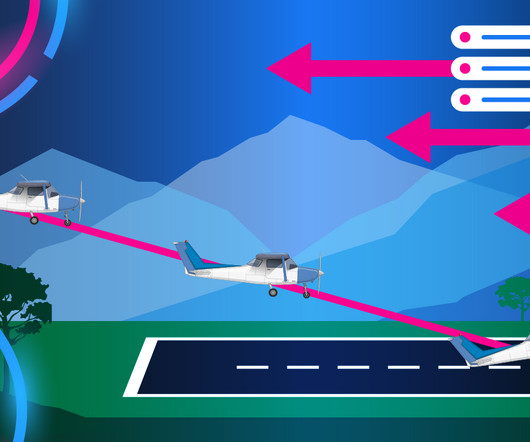
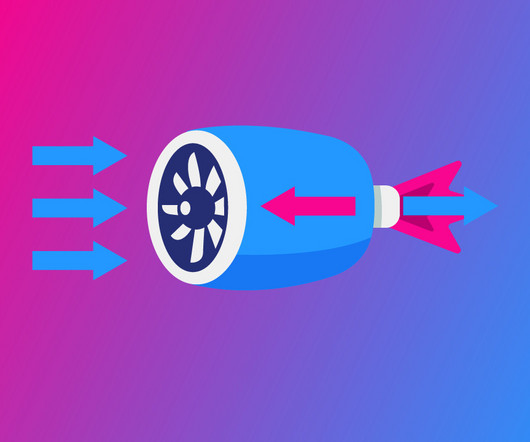
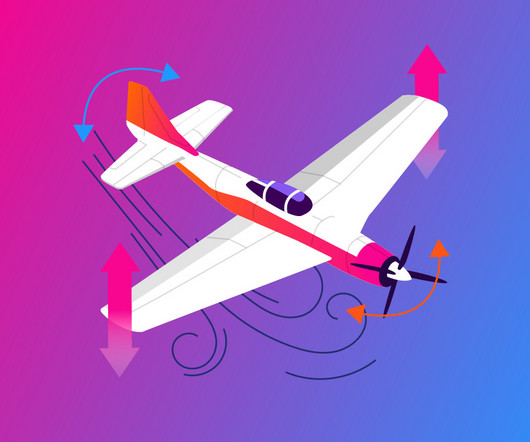










Let's personalize your content